-

EDTA CuNa2 ;Cu disodium EDTA CAS:14025-15-1
EDTA CuNa2, also known as copper disodium EDTA or Cu disodium EDTA, is a chemical compound with the molecular formula C10H12CuN2Na2O8. It is a water-soluble, blue-green powder. This compound is widely used in various industries due to its excellent chelating and complexing properties.
-
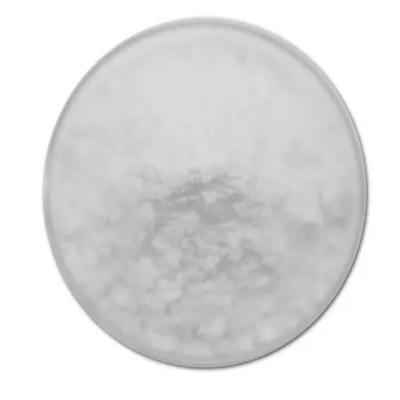
Trityl Candesartan CAS:139481-72-4
Trityl Candesartan is a pharmaceutical product that belongs to the angiotensin II receptor antagonist class. It is primarily used for the treatment of hypertension, also known as high blood pressure. Trityl Candesartan works by blocking the action of angiotensin II, a hormone that constricts blood vessels, thereby helping to relax and widen them. This results in a reduction in blood pressure. Trityl Candesartan is available in tablet form and is typically taken orally once daily. The recommended dosage may vary depending on individual patient factors, and it is important to follow the instructions provided by a healthcare professional.
-

Manganese disodium EDTA trihydrate Ethylenediaminetetraacetic Acid Manganese Disodium Salt Hydrate CAS:15375-84-5
Manganese Disodium EDTA Trihydrate, also known as Ethylenediaminetetraacetic Acid Manganese Disodium Salt Hydrate, is a chemical compound with the molecular formula C10H12MnN2Na2O8·3H2O. It is a water-soluble, pale pink powder. This compound is widely used in various industries due to its exceptional chelating and complexing properties.
-

Ethylenediaminetetraacetic acid tetrasodium salt CAS:64-02-8;13235-36-4
Ethylenediaminetetraacetic acid tetrasodium salt, also known as EDTA tetrasodium salt, is a chemical compound with the molecular formula C10H12N2Na4O8. It is a white, crystalline powder that is highly water-soluble. This compound is widely used in various industries due to its excellent chelating and complexing properties.
-

Methyl cyanoacetate CAS:105-34-0
Methyl cyanoacetate is a chemical compound known for its versatile applications in organic synthesis and chemical manufacturing. It is a colorless liquid with a distinct odor and is highly soluble in various organic solvents. As a cyanoacetic acid ester, it serves as a valuable building block for the synthesis of pharmaceuticals, agrochemicals, and specialty chemicals due to its reactivity and functional group compatibility.
-

Potassium hexacyanoferrate(II) trihydrate CAS:14459-95-1
Potassium hexacyanoferrate(II) trihydrate, also known as potassium ferrocyanide trihydrate, is an inorganic compound with the chemical formula K4Fe(CN)6·3H2O. It is a bright yellow crystalline solid, highly soluble in water. Potassium hexacyanoferrate(II) trihydrate is widely used in various industries for its unique properties and applications.
-
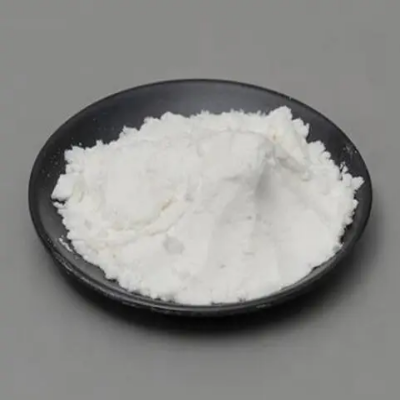
Ethylenediaminetetraacetic acid disodium zinc salt tetrahydrate CAS:14025-21-9
Ethylenediaminetetraacetic acid disodium zinc salt tetrahydrate, also known as EDTA disodium zinc salt tetrahydrate, is a chemical compound with the molecular formula C10H12N2Na2O8Zn·4H2O. It is a white, crystalline powder that is highly water-soluble. This compound is widely used in various industries due to its exceptional chelating and complexing properties.
-
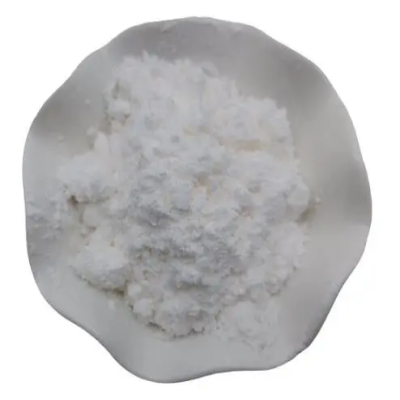
diethyl malonate CAS:105-53-3
Diethyl malonate is an organic compound with the chemical formula C7H12O4. It is a clear, colorless liquid with a fruity odor. Diethyl malonate serves as a versatile reagent and building block in organic synthesis. With its unique chemical properties and functional groups, it finds applications in pharmaceuticals, agrochemicals, fragrances, and specialty chemicals.
-

Dimethyl malonate CAS:108-59-8
Dimethyl malonate is an organic compound with the chemical formula C5H8O4. It is a colorless, viscous liquid with a fruity odor and is commonly used as a reagent in organic synthesis. Dimethyl malonate is widely recognized for its versatility as a building block in the production of pharmaceuticals, agrochemicals, fragrances, and specialty chemicals due to its unique chemical properties and functional groups.
-
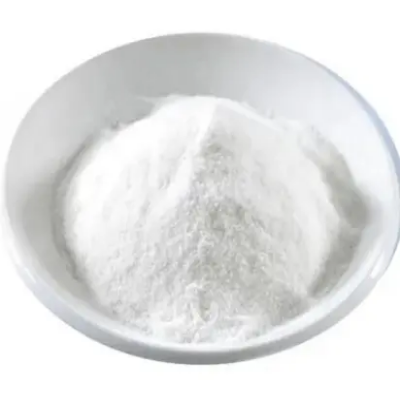
Barbituric acid CAS:67-52-7
Barbituric acid, also known as malonylurea, is a chemical compound with the molecular formula C4H4N2O3. It is a white crystalline powder that is commonly used as a building block in the synthesis of pharmaceuticals and dyes. Barbituric acid is a key component in the production of barbiturate drugs, which are central nervous system depressants, including sedatives and hypnotics.
-

7-methoxy-1-tetralone CAS:6836-19-7
7-Methoxy-1-tetralone is a chemical compound that belongs to the class of organic compounds called tetralones. It is commonly used as an intermediate in the synthesis of various pharmaceuticals and organic compounds. 7-Methoxy-1-tetralone possesses a unique molecular structure, consisting of a tetralone ring fused with a methoxy group at position 7. This compound is known for its versatility and is widely utilized in the pharmaceutical and chemical industries.
-
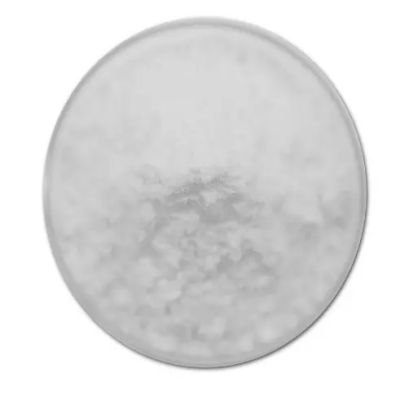
Diisopropyl malonate CAS:13195-64-7
Diisopropyl malonate is an organic compound with the chemical formula C9H16O4. It is a clear, colorless liquid with a fruity odor and is commonly used as a reagent in organic synthesis. Diisopropyl malonate serves as a versatile building block in the production of pharmaceuticals, agrochemicals, fragrances, and specialty chemicals due to its unique chemical properties and functional groups.

